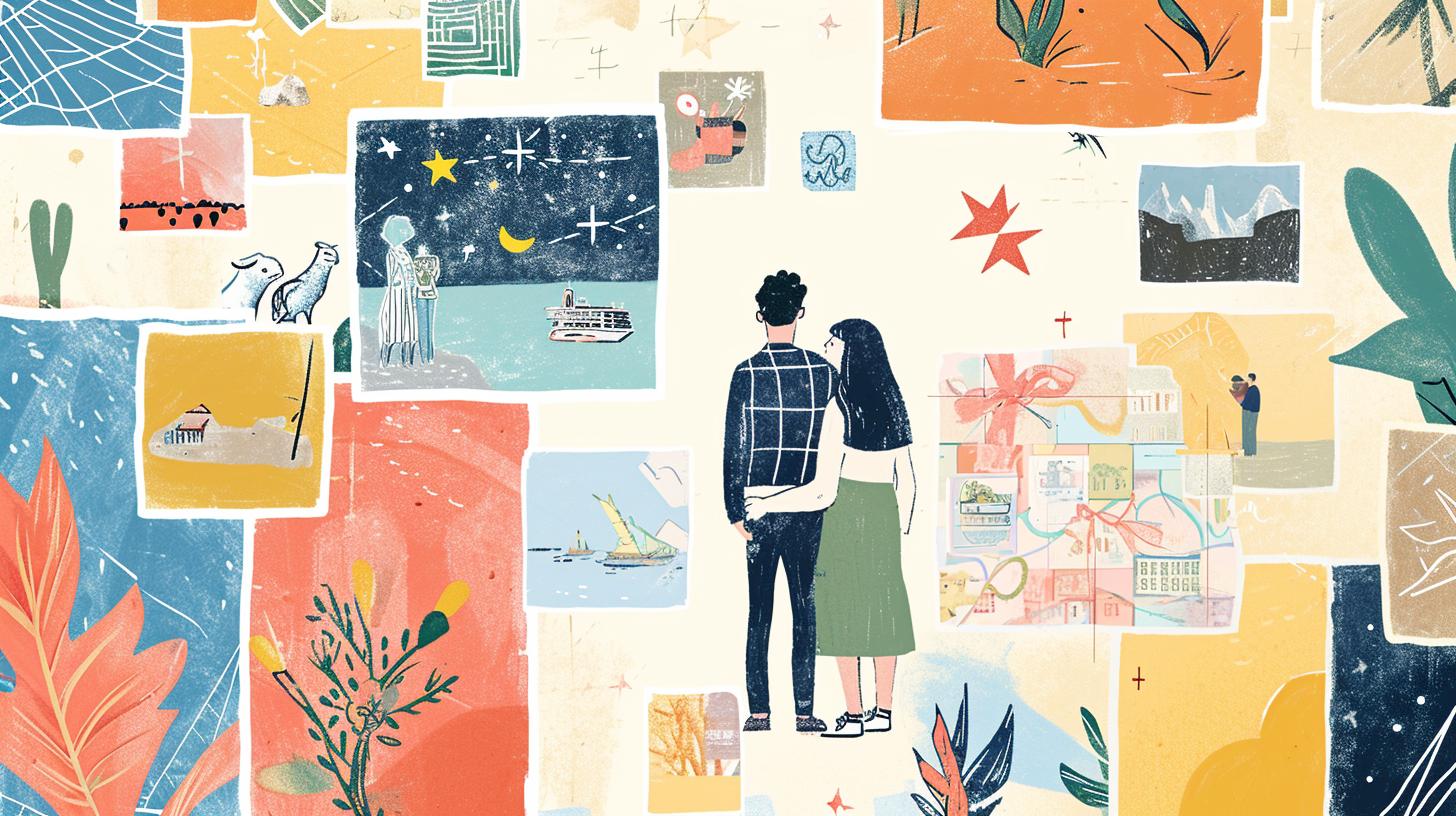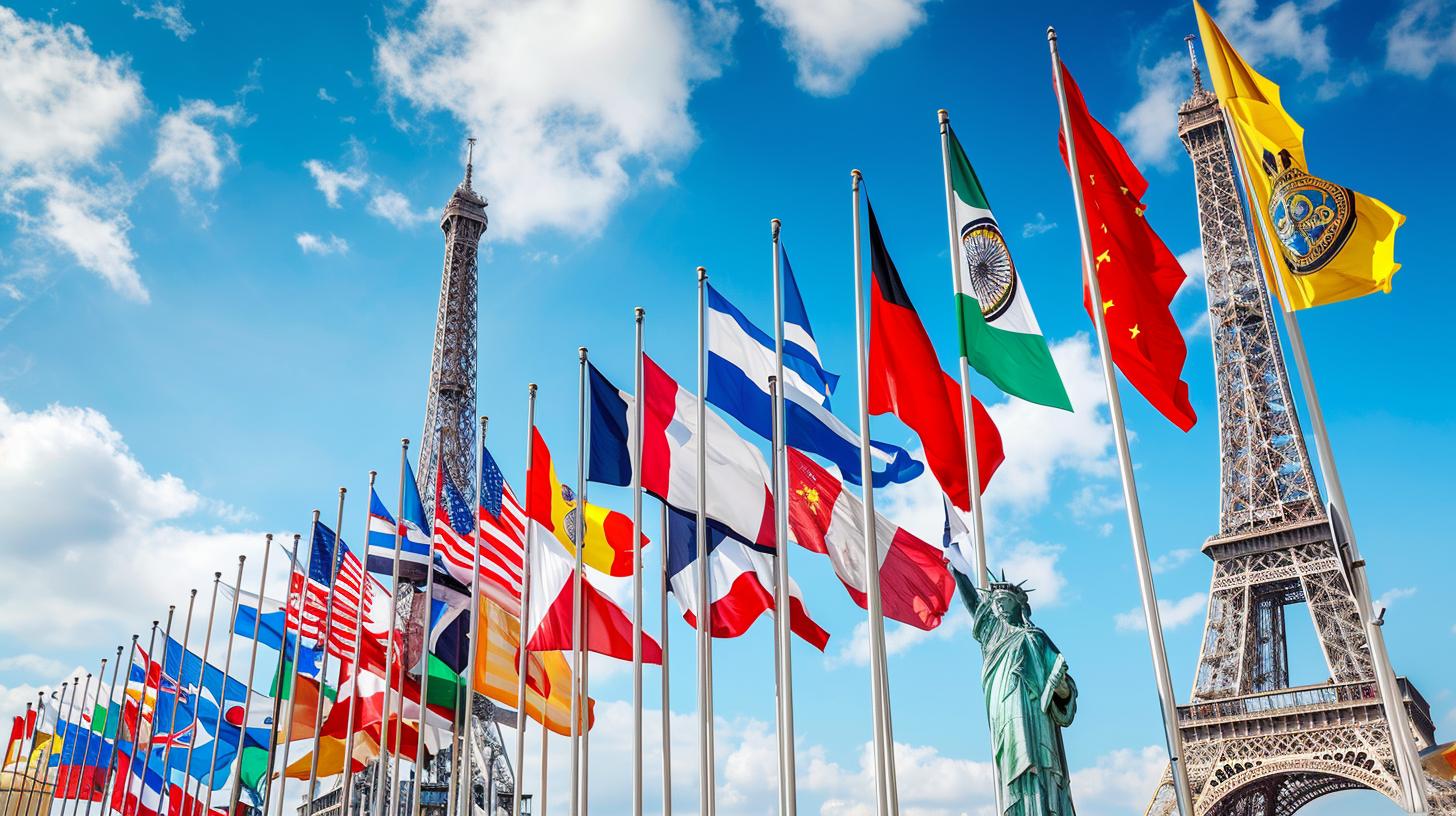Are you interested in learning about the courtship traditions of different cultures around the world? Courtship traditions are an essential aspect of various cultures worldwide, and understanding them is crucial when dating cross-culturally. It fosters cultural sensitivity, promotes inclusivity, and helps establish genuine connections. In this guide, we will explore various courtship traditions worldwide, including their significance and evolution.
Arranged Marriages
Arranged marriages are a practice where families or matchmakers select a spouse for an individual. This practice is prevalent in some cultures, including India, Pakistan, and Japan. According to Wikipedia, arranged marriages have been a tradition in South Asia for centuries, with over 90% of marriages in India being arranged.
In arranged marriages, the courtship process is different from dating. Families or matchmakers may investigate potential spouses and their families before arranging a meeting between the individuals. The couple may then get to know each other, with the goal of deciding whether to get married.
Although arranged marriages may seem outdated to some people, they are still an essential part of some cultures. They reflect the importance of family and community in decision-making and the belief that marriage is not just between two individuals but between two families.

The Global Diversity of Courtship Traditions
- Courtship traditions are important to different cultures and are still prevalent in many parts of the world.
- Arranged marriages are still practiced in many cultures, with unique courtship processes.
- Family and community play a significant role in courtship, with changing attitudes towards courtship and marriage in different cultures.
Dating and Courtship
Dating and courtship practices vary across different cultures. In some cultures, courtship involves not just the two individuals but also their families. For example, in Filipino culture, Day Translations explains that the process of “harana” involves a man serenading a woman outside her window. The woman’s family may then invite the man into their home to get to know him better. In some African cultures, the groom may be required to pay a bride price to the bride’s family before getting married.
Some cultures also have unique dating rituals. For instance, in Japan, Valentine’s Day is celebrated differently than in Western cultures. According to Matador Network, women give chocolate and gifts to men on Valentine’s Day, whereas men reciprocate on White Day, which is celebrated on March 14th.

Unique Courtship Traditions Across the World
| Country/Culture | Unique Courtship Tradition | Significance |
|---|---|---|
| China | BaiSui | A tradition where an unmarried person receives a red envelope filled with money from their older relatives during the Chinese New Year as a way to acknowledge their single status. |
| Scotland | Blackening | Before the wedding day, the bride and groom get covered in various substances such as molasses, flour, feathers, and soot. They are then paraded around town, and the tradition symbolizes good luck and the ability to handle life’s challenges. |
| Norway | Bunad | A traditional Norwegian dress that men and women wear to formal events and weddings. Wearing a Bunad is a way of showing respect for Norwegian culture and heritage. |
| Native American | Courtship Flute | A man plays a ceremonial flute to express his love and interest in a woman. The woman may then accept or reject his advances. |
| Zimbabwe | Lobola | A bride price paid by the groom’s family to the bride’s family. The amount of money paid varies depending on the bride’s education level, family background, and other factors. The tradition reflects the value placed on women in Zimbabwean society. |
Unique courtship traditions exist in different parts of the world. Some of these traditions have been passed down through generations and are still practiced today. In Niger, the Gerewol festival is a significant courtship event for the Wodaabe tribe. Men dress up in elaborate makeup and clothing and perform for women. Women then choose their partners based on their performances.
In Buffalo, New York, Dyngus Day is a Polish-American tradition that celebrates the end of Lent. According to Global Citizen, men sprinkle women with water, and women may respond by hitting men with pussy willows. This exchange is an opportunity for singles to meet and potentially start a relationship.
These unique courtship traditions are significant in their respective cultures. They showcase the diversity of different societies and the importance of cultural preservation.
Role of Family and Community in Courtship
Family and community play an essential role in courtship traditions in some cultures. In many cases, the family’s involvement in courtship is not just limited to the individuals involved but extends to their families. In Indian culture, Wikipedia explains that engagement ceremonies involve both families exchanging gifts and blessings. In Pakistani culture, the “mangni” ceremony involves a formal engagement announcement and the exchange of gifts between the families.
The involvement of family and community reflects the importance of these institutions in decision-making and the belief that marriage is not just a union between two individuals but also between two families.

Impact of Technology on Courtship
Technology has changed courtship practices worldwide. With the advent of dating apps and websites, individuals can now connect with potential partners from different parts of the world. In South Korea, Wikipedia explains that dating apps have become increasingly popular, with young people using them to find partners. In Japan, virtual dating is also becoming more common, with individuals using virtual reality to go on dates with each other.
Technology has also impacted traditional courtship practices. In some cultures, such as India, the use of matrimonial websites to find a partner has become increasingly popular.
Significance of Gifts and Tokens of Affection
Gift giving is an essential aspect of courtship traditions worldwide. In Japan, Valentine’s Day is a significant event where women give chocolate and gifts to men. In some African cultures, the groom may be required to pay a bride price to the bride’s family before getting married.
Gift giving reflects the importance of showing affection and appreciation in courtship. It is an opportunity for individuals to showcase their feelings and establish genuine connections.
Changing Attitudes Towards Courtship
Attitudes towards courtship and marriage are changing in some cultures, driven by societal and cultural factors. In South Korea, Wikipedia explains that young people are increasingly choosing to delay marriage and focus on their careers. In India, there is a growing trend towards love marriages, where individuals choose their partners instead of relying on arranged marriages.
These changing attitudes reflect the importance of individualism and the belief that individuals should have the freedom to choose their partners based on their own preferences and values.

An Indian Love Story
Growing up in India, I always knew that arranged marriages were the norm. My parents were in an arranged marriage, as were most of my relatives. However, as I entered my twenties, I was more exposed to Western culture and started to question the idea of arranged marriages.
It wasn’t until I met my now-husband, Rohan, that I realized the beauty of arranged marriages. Rohan was introduced to me through my aunt, who knew his family. We were both hesitant at first, but decided to meet up and get to know each other better.
Our first meeting was awkward, but we quickly realized we had a lot in common. We both loved to travel, were passionate about our careers, and had similar family values. Over the next few months, we went on chaperoned dates and got to know each other even better.
When it was time to make a decision, we both knew we wanted to be together. Our families were overjoyed and we got married six months later in a beautiful ceremony.
Looking back, I realize that the courtship process in arranged marriages is not so different from dating in Western cultures. It’s all about getting to know the other person and finding common ground. The only difference is that in arranged marriages, your family plays a larger role.
I’m grateful for my experience with arranged marriages and how it has shaped my views on courtship. It’s important to understand and appreciate different courtship traditions, whether you’re dating cross-culturally or not.

Personal Experiences
Personal anecdotes and interviews with individuals who have experienced these courtship traditions firsthand can add a personal touch to the article. For example, a Filipino who has experienced “harana” can provide insights into the significance of this courtship tradition and how it reflects Filipino culture. Similarly, an Indian who has had an arranged marriage can share their experience and how it differs from dating in Western cultures.
In-Depth Information
More in-depth information about courtship traditions in certain countries or regions can provide a more comprehensive understanding of these practices. For instance, the article could explore the different types of arranged marriages in India and how they vary across different regions. It could also examine the significance of the bride price in African cultures and how it reflects the value placed on women in these societies.
Conclusion
Understanding courtship traditions is crucial when dating cross-culturally. It fosters cultural sensitivity, promotes inclusivity, and helps establish genuine connections. From arranged marriages to unique dating rituals and changing attitudes towards courtship, this guide provides practical insights for the curious cross-cultural dater. Remember, cultural sensitivity and respect are integral to building healthy and meaningful relationships.




